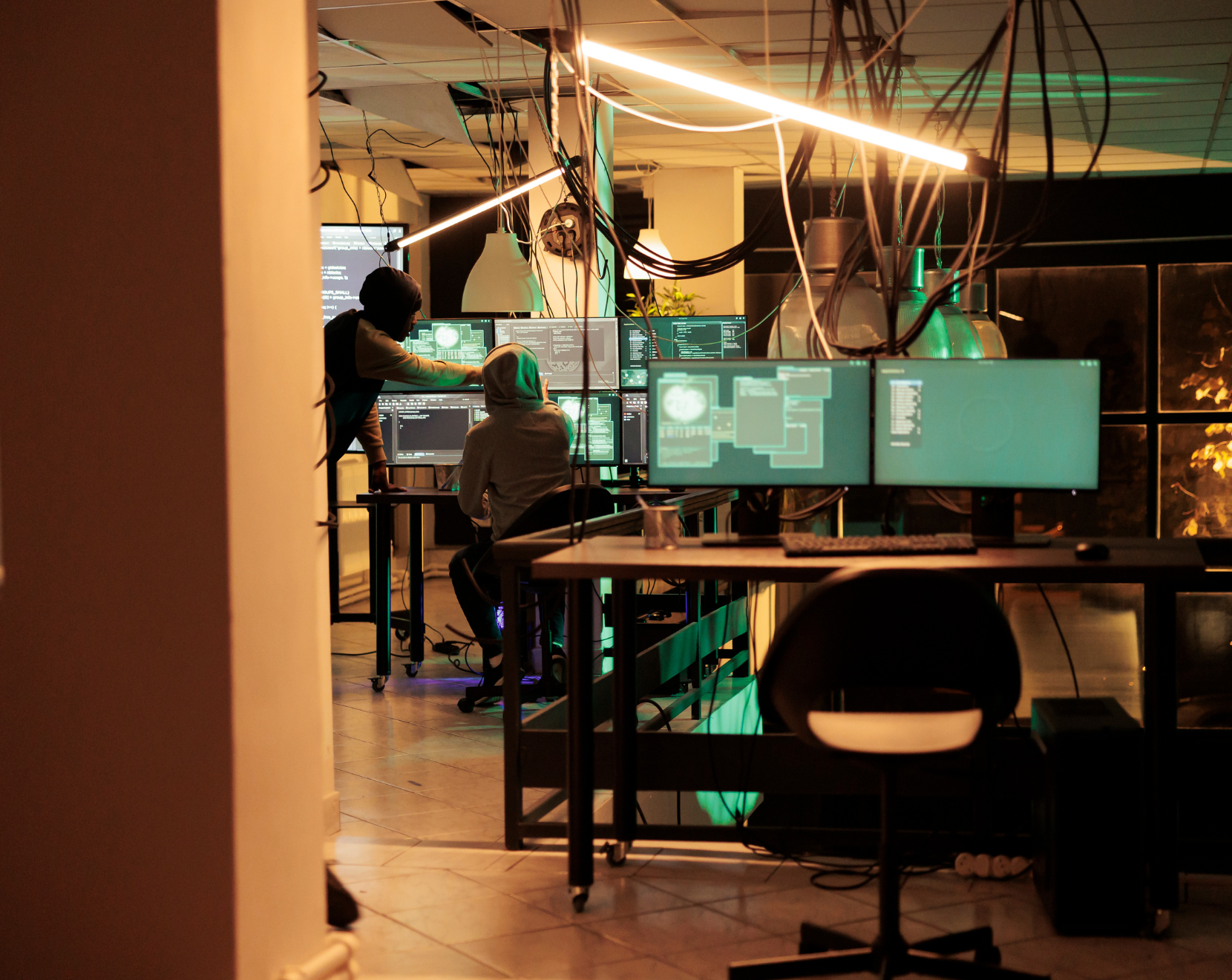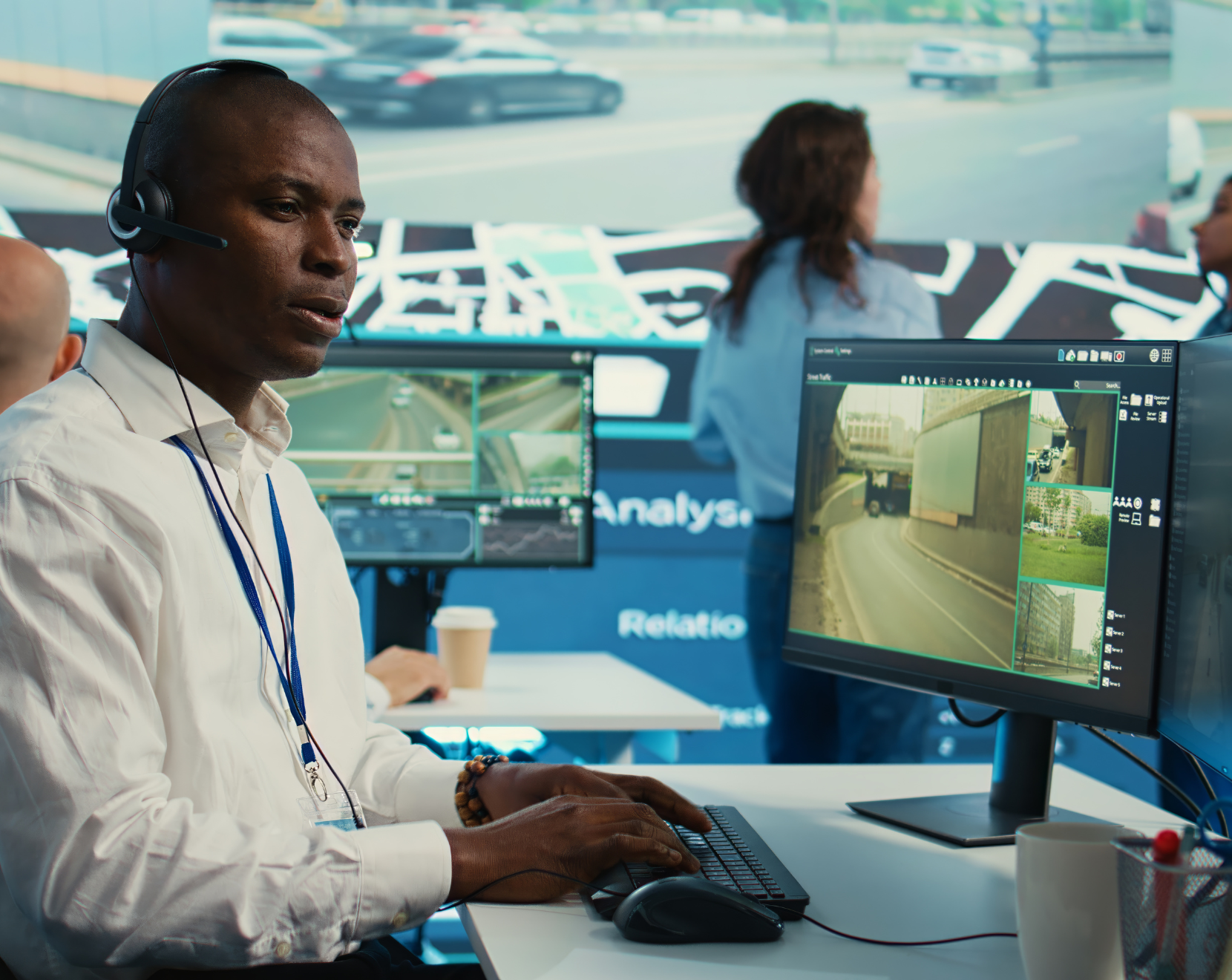It’s one of the most common assumptions made in lawsuits involving nightlife venues: the cameras will tell the full story. Surveillance is seen as the neutral, unbiased witness in a world where memories blur and emotions flare. But what happens when the cameras don’t tell the truth—not because they’re lying, but because they never captured the whole picture to begin with?
In courtrooms across the country, footage that should bring clarity often raises more questions than it answers. Poor angles, missing audio, limited retention, or outright system failures turn what should be definitive evidence into a source of doubt. And when that happens, the venue is left defending its version of events without the support it was counting on.
Even worse, when documentation is inconsistent or absent altogether, the credibility of the entire operation comes into question. That’s when assumptions take over—and assumptions rarely favor the defense.
The Illusion of “We Have Cameras”
Venue operators often feel confident simply because cameras are mounted on the walls. There’s a sense of safety in knowing that every entrance, every hallway, every high-traffic area is under watch. But confidence in surveillance often outpaces its actual effectiveness.
The reality is that surveillance systems are only as reliable as their planning, placement, and maintenance. A camera that’s aimed too high, too low, or obscured by lighting conditions might capture activity without capturing context. When an incident unfolds just outside its frame—or when resolution is too poor to distinguish key details—the court is left with footage that documents presence, but not behavior.
We’ve reviewed countless cases where footage was introduced as key evidence, only to reveal that the angle missed the actual conflict. A guest was pushed out of frame. A confrontation began just outside the lens. A camera was installed in a corner, aimed at an exit, but failed to capture the moments before a guest was injured during ejection.
When we investigate these scenarios, we’re not just evaluating what was recorded—we’re examining what should have been recorded, and why it wasn’t. That distinction often holds more weight in court than the footage itself.
The Role of Gaps, Overwrites, and Technical Oversight
Surveillance failures aren’t always about placement. Sometimes, the footage that would’ve made all the difference simply doesn’t exist anymore. Systems set to overwrite after seven days erase key incidents before attorneys even send their first letter. Footage saved on outdated drives is corrupted. Recordings that were never backed up are lost entirely.
These technical gaps are rarely intentional—but they are impactful. Courts don’t need malice to infer negligence. A venue that lacks a reliable footage retention policy is viewed as unprepared. And once litigation begins, it’s too late to wish that the right systems had been in place.
Even when footage does exist, the issue isn’t always deletion—it’s documentation. If the timestamps don’t align with incident reports, or if the footage lacks audio and no one took written statements, the record becomes fragmented. That fragmentation becomes an opening for alternative narratives—ones that may be difficult to refute, no matter how inaccurate they are.
When we’re asked to evaluate these situations, we look for patterns. Was the camera system monitored regularly? Was footage routinely reviewed after high-risk nights? Were staff trained on how to preserve evidence when something occurred?
These aren’t procedural details. They’re indicators of operational responsibility. And in court, they’re often what turn a manageable incident into a costly legal outcome.
When Reports Say One Thing and Cameras Say Another
One of the most damaging situations in litigation is when a venue’s internal documentation doesn’t align with what’s seen—or not seen—on video. A written report that describes a calm de-escalation is undermined by footage showing physical aggression. An incident log noting that a guest was safely escorted out is contradicted by blurry visuals of a scuffle at the door.
These contradictions rarely play well in court.
Inconsistent narratives erode credibility. And when juries perceive an attempt to mislead—intentional or not—they often assume the worst. Suddenly, what could’ve been dismissed as a misunderstanding becomes a question of intent, oversight, or even concealment.
Even more damaging are situations where no reports exist at all. When security teams or managers fail to file incident logs, witness statements, or post-incident memos, the venue loses its voice. In the absence of documentation, the opposing side’s version of events stands unchallenged.
We’re often brought in after the fact to assess what documentation should have existed. We help legal teams understand what reasonable protocols would have included. And we assist in building context around why the absence of records is significant—not just procedurally, but legally.
The unfortunate truth is this: courts expect venues to take safety and accountability seriously. A lack of documentation suggests they don’t.


How Expert Witnesses Reconstruct What Was Missed
One of the most valuable roles we play as expert witnesses is bridging the gap between what was captured and what occurred. When footage is incomplete or missing, we help legal teams reconstruct the timeline, using everything from staff testimony and environmental factors to industry standards and operational expectations.
We analyze lighting conditions, foot traffic patterns, and security protocols to help explain what likely happened in the blind spots. We examine guest behavior leading up to an incident and interpret whether staff actions were consistent with professional training or reactionary and reckless.
These insights don’t rely on guesswork. They’re rooted in years of hands-on experience with hospitality operations, risk management, and security response. And when we deliver them in reports or in court, they give juries the context they need to understand how incidents unfold—and how they can be avoided.
Our evaluations often provide the only full picture available. And in many cases, that picture reveals both the strengths and the failings of a venue’s safety ecosystem.
Surveillance Alone Isn’t Enough
Too often, venue operators believe that installing cameras is the final step in protecting their business. But surveillance, on its own, doesn’t prevent incidents. It doesn’t replace policy. And it doesn’t create a culture of accountability.
Cameras are tools. Their value is measured by how they’re integrated into training, documentation, and review processes. When footage is routinely analyzed after major events, patterns emerge. When incident reports are linked with specific video timestamps, investigations move faster. When staff know their actions are recorded and reviewed, they tend to follow procedure more closely.
But when the footage is ignored, or relied on as a crutch, it fails to serve its purpose. In fact, it can become a liability of its own.
We’ve testified in cases where the presence of surveillance actually hurt the venue—because what was captured on camera directly contradicted what was said in deposition. The venue’s own footage became the plaintiff’s strongest evidence. Not because the system was flawed, but because it was unmanaged.
Surveillance must be part of a larger system—one built on training, response, reporting, and review. When all those parts work together, the venue stands a far better chance of protecting its patrons and its reputation.
Why the Court Looks Beyond the Camera
Surveillance footage carries weight in legal proceedings, but courts are trained to look past the images. They want to understand the system surrounding that footage—who monitored it, how it was used, what it was intended to capture, and how it fits within broader safety procedures.
A video may show someone falling or being escorted out, but without context, it’s just a snapshot. Courts want to know what happened before the recording started and after it ended. That’s where venues often lose control of the narrative. If no one can clearly explain why a decision was made, who made it, and what happened next, the footage becomes a silent witness to an unresolved story.
We are frequently asked to fill in those gaps. Our reports not only reference the footage but interpret it in relation to professional standards. What might seem like a normal guest interaction can look negligent when it occurs in a blind spot or when there’s no record of any staff member addressing it afterward. That absence of clarity can become the focal point of a case, especially if the footage suggests there was time or opportunity to act—and no one did.
Staff Behavior and the Surveillance Effect
In venues where surveillance is monitored actively and policies are enforced, staff generally behave differently. They communicate more clearly, follow procedures more closely, and understand the risks associated with ignoring protocols. But in environments where cameras are installed and forgotten, or where managers never reference recordings unless something goes wrong, the presence of surveillance offers little real protection.
The difference is measurable. We’ve conducted risk assessments at venues where security footage is reviewed weekly, and others where no one had checked the system in months. Unsurprisingly, the venues with active surveillance protocols had far fewer inconsistencies in their documentation and a significantly better track record of successful conflict de-escalation. Staff in these environments knew that their actions mattered—and that they were part of a safety culture, not just a shift schedule.
When we deliver expert testimony in court, we’re often able to draw a straight line between how seriously a venue takes its surveillance system and how confidently it can defend its actions under legal scrutiny.
Why Documentation Is Still the Gold Standard
Even in the age of high-resolution video and cloud-based footage, written records remain one of the strongest tools a venue can use to support its defense. When surveillance footage lacks key details—like verbal exchanges, emotional state, or intent—incident reports provide the nuance.
But only if they’re done right.
In too many cases, incident documentation is treated as an afterthought. Reports are vague, delayed, or completed by staff who weren’t present. Even when cameras capture a physical altercation, the accompanying report may gloss over how it began or what policies were followed in the response. And when those two sources of information—video and documentation—don’t support one another, it becomes difficult for any legal team to mount a clear defense.
Our evaluations often reveal just how disconnected these two elements are. The footage shows urgency, but the report sounds routine. The video suggests aggression, but the documentation is missing altogether. This lack of cohesion makes it easier for opposing counsel to challenge the integrity of the venue’s internal processes.
Strong documentation, on the other hand, can elevate surveillance into a cohesive, defensible record of action. It provides the story, the rationale, and the reinforcement that courts expect when evaluating responsibility and intent.
Building a Culture of Evidence
The best defense isn’t found in a single policy or well-placed camera. It’s built over time, through a venue-wide culture that values observation, accountability, and preparedness. That culture must start at the top—with owners, general managers, and operations leaders who understand that safety and liability are inseparable.
In venues that foster this mindset, surveillance is viewed not just as a reactive tool but as a daily part of operations. Managers routinely review high-risk nights. Staff are trained on how to write concise, factual reports. Systems are audited to ensure they’re functioning as intended. And when something does happen, there’s a clear procedure for logging, preserving, and reviewing the evidence.
These venues rarely face the kind of complete breakdown that leads to high-stakes litigation. And when they do, they’re prepared—not because incidents never occur, but because they’ve already done the work to show that their response was responsible and informed.
When we work with these venues, our role becomes less about defense and more about support. We reinforce what they’ve done well, identify small improvements, and help ensure that their systems are aligned not only with hospitality norms but with legal expectations.








